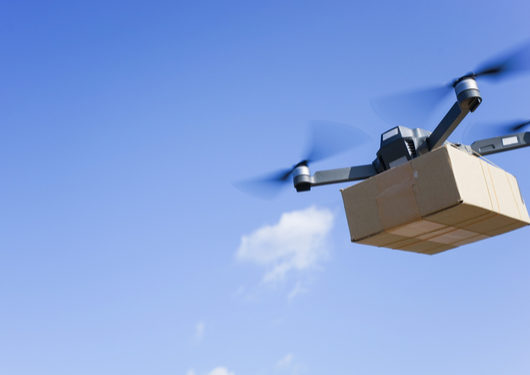
Visit Our Sponsors |
|
|
|
|
|
|
|
|
|
|
|
|
|
|
|
|
|
|
|
|
|
|
|
|
|
|
|
|
|
|
|
|
|
|
|
|
|
|
|
|
|
|
|
|
|
|
|
|
|
|
|
|
|
|
|
|
|
|
|
|

The supply chain management function is still operating in a world of digital potential. Organizations are incorporating social media, mobile technology, and cloud-based services as an entry point but will require more time to add technologies such as blockchain, simulation software, real-time big data and analytics, and Internet of Things (IoT) connectivity. Embracing these digital disruptors will enable organizations to stay competitive and boast an optimized, agile supply chain. -Vicki Powers, Supply Chain Writer, APQC
APQC identified the current state of supply chain planning by analyzing its Open Standards Benchmarking data. APQC discovered that the deployment technology still has a long way to go in many respects, especially relating to supply chain visibility.
Looking at the basics, 90 percent of survey respondents report having an ERP system in place to coordinate key business information, resources, and activities across the value chain. This advanced software helps supply chains react faster and more precisely to changing conditions, but it has become table stakes to just stay in the game.
It’s a different world, however, in regards to adopting an electronic process for sharing visibility into inventory and demand – with both customers and suppliers. Only 16 percent have implemented this via Web or internet-enabled technologies with customers. And just one-fourth have implemented this with suppliers. A whopping 63 percent of organizations lack this electronic process for sharing visibility with customers and 59 percent with suppliers. The balance of research participants achieve this visibility with electronic data interchange (EDI). Having this visibility into inventory and demand enables the organization to determine when adjustments are needed and react as quickly as possible.
The outcome for technology implementation is far-reaching. As technology is enabled, this reduces the need for as many full-time equivalent employees (FTE) in the supply chain planning function. The cost savings is significant when examining FTEs at the top and bottom of the spectrum in terms of cost. Bottom performers require 78 more FTEs to complete the same supply chain planning tasks as top performers, according to APQC data. This equates to more than $4.6m savings when accounting for a $60,000 salary per employee. Reducing this need for human intervention with technology not only reduces costs but also improves real-time visibility.
The pace is aggressive as organizations plan to incorporate new technologies. The top technologies to be implemented in the next one to two years include automation, real-time big data and analytics, sensors and the Internet of Things. These have the potential to provide clear visibility in the supply chain, increase inventory accuracy, predict market shifts in consumer behavior, and decrease cycle times. As early adopters prove cost and efficiency gains, more will get on board with technology implementations.
With rising customer expectations, transitioning to these new technologies benefits customers as well. As organizations such as Amazon continue raising the bar in delivery and service, customers increasingly expect real-time updates, quick delivery and impeccable performance. Organizations that lag in the technology realm will suffer the consequences.
The Outlook
The overwhelming majority of implementations are planned within the next five years, rather than five to 10 years out, according to APQC survey respondents. These organizations still need to digitize their manual tasks first. Only 20 percent plan on using drones and driverless vehicles in the next five to 10 years. Nearly 60 percent report that real-time big data and analytics have the potential to create a competitive advantage in the next 10 years.
RELATED CONTENT
RELATED VIDEOS
Timely, incisive articles delivered directly to your inbox.







